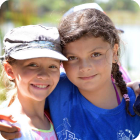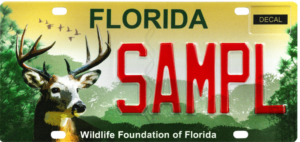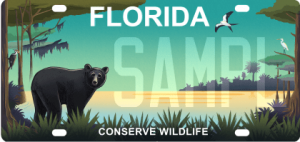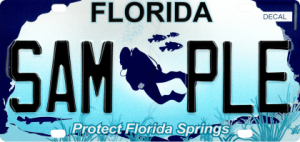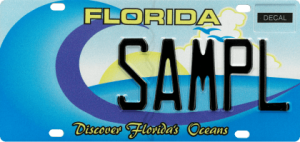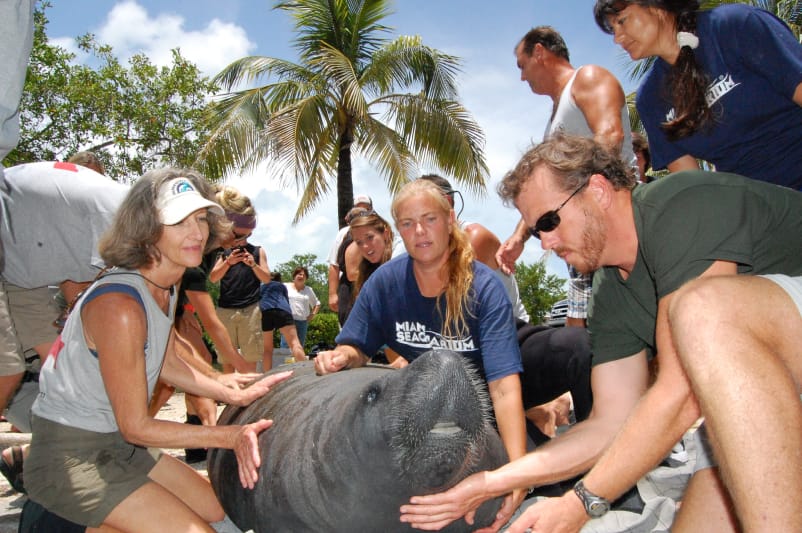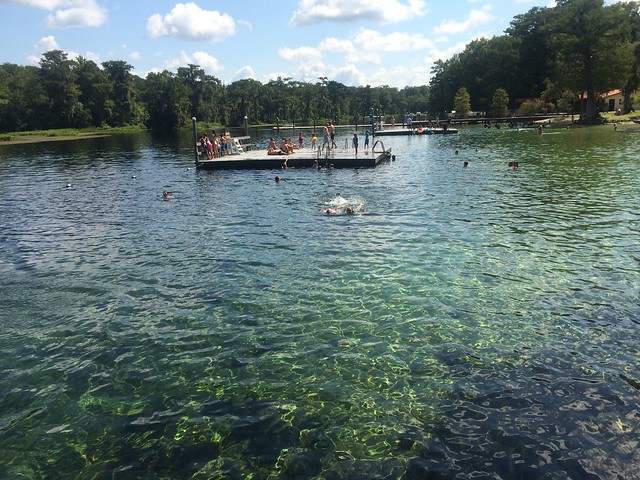
By: Kyle Grammatica
September 28th is National Public Lands Day, a holiday created to celebrate our amazing parks and wildlife preserves. To honor the holiday, let’s take a dive into the refreshing waters of Florida’s Edward Ball Wakulla State Park, a natural and historic wonder.
Edward Ball Wakulla Springs State Park is a 6,00-acre wildlife sanctuary in South Tallahassee. It was named after Edward Ball, the DuPoint family financial manager who sold the land to the state of Florida. The park trails take visitors through pine forests, bald cypress wetlands, and hardwood hammocks. White-tailed deer, wild turkeys, American alligators, and a wide variety of snake and bird species all call Wakulla Springs State Park home. Within the park lies Wakulla Springs, one of the largest and deepest freshwater springs in the world, and its elaborate cave system home to fossilized remains of Florida’s extinct animals.
The Wakulla Springs Cave System
Wakulla Springs is located in the Woodville Karst Plain, a unique geological region with miles of underground caves. The Wakulla Springs Cave system is the longest surveyed underwater cave in the United States. It is over 32 miles long and was formed from limestone that has been dissolved over millions of years. The cave system is responsible for the 250 million gallons of water that Wakulla Springs discharges every day. Within the deep sections of the cave, ancient carbonate rock and Suwannee Limestone is found. The Oligocene Suwannee Limestone area of the cave was formed from sediments deposited 28-34 million years ago. During this era, an ancient sea covered the Wakulla Springs area, leaving behind fossilized shells and coral that now rest in the modern cave system.
Above the Oligocene Suwannee Limestone is the Miocene St. Marks Formation. The St. Marks Formation is covered in white to pale orange sandy limestone and can be seen from some of the nature trails at the park. Resting atop the St. Marks Formation is a thin layer of sand and clay that is 2.6 million to 11,700 years old. This area of the Wakulla Springs Cave system is rich with fossils. The fossilized remains of mammoths, mastodons, giant sloths, camels, bison, and sabre-tooth tigers have all been found in Wakulla Springs and the Wakulla River. In 2018, Edward Ball Wakulla Springs State Park was officially designated a State Geological Site in recognition of the area’s rich geological history, connection to the local ecosystem, and its significance in past and present culture.
The Native People of Wakulla Springs
Like many of the springs in Florida, Wakulla Springs was inhabited by Native Americans and Paleo-Indians for centuries. 54 archaeological sites have been found at the park from the Seminoles and many other tribes. Archaeologists have found evidence that early Paleo-Indians camped around Wakulla Springs 12,000 years ago. They hunted mastodons, bisons, and other animals for food and materials.
Visiting Edward Ball Wakulla Springs State Park is a great way to connect with natural Florida and learn more about the history of our state. We hope you are able to go out and celebrate National Public Lands Day by visiting Wakulla Springs or any of the other public lands available in Florida. If you want to see these public lands conserved for future generations, please donate here.


